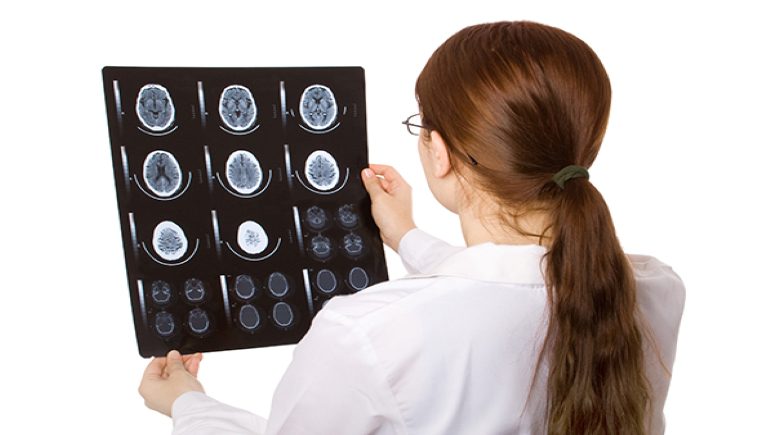Multiple Sclerosis symptoms
Individuals who have signs of Multiple Sclerosis (MS) tend to have their first side effects between the ages of 20 and 40. Monitor your symptoms of Multiple Sclerosis to enable your specialist to diagnose the course of the ailment and the viability of the treatment.
Regardless of whether you have a finding or are stressed over Multiple Sclerosis symptoms, realize that MS does not have to control your life. You can work with your specialist to treat and deal with your symptoms of Multiple Sclerosis so you can remain solid and keep on living the life you need. Signs of Multiple Sclerosis vary from person to person with the disease. They depend on the severity of damage that occurs and the location of the affected nerves. People who have symptoms and signs of multiple sclerosis may experience:
- Pain, tingling, or numbness in parts of their body
- Arm or leg weakness. This usually occurs on one side of the body at a time, or one part of the body, like the trunk or legs, at one time
- Shocking sensations that happen when the neck is turned or bent forward
- Complete or partial vision loss
- Unsteady gait
- Tremors
- Poor coordination
- Fatigue is a common sign of multiple sclerosis
- Blurring or double vision
- Dizziness
- Slurred speech
- Difficulty with bladder and/or bowel function is one of the signs of multiple sclerosis
Is there a cure for Multiple Sclerosis?


Click here to know more on FSD Pharma website.
The course of the disease
The appearance of new signs of Multiple Sclerosis is called a relapse; when symptoms improve, either totally or partially, the period is known as remission. In most people who have Multiple Sclerosis, the disease follows a relapse-remission course. A relapse occurs with new Multiple Sclerosis symptoms developing over several days or a few weeks, and then the symptoms gradually go into remission. Remission can last several months or several years. If a patient with Multiple Sclerosis develops an infection, the symptoms may temporarily worsen, but in that case, the signs of Multiple Sclerosis are not considered a relapse.
In most cases of relapsing-remitting Multiple Sclerosis, patients gradually begin to develop a progression of their symptoms which occur either with or without episodes of remission. This is known as secondary-progressive Multiple Sclerosis. In these cases, the progression of the disease typically includes problems with walking. The rate at which the disease progresses varies tremendously among individuals with secondary-progressive Multiple Sclerosis. In some cases, MS patients have a gradual onset of symptoms, followed by a steady worsening of the symptoms with no periods of time when the disease relapses. This is known as primary-progressive Multiple Sclerosis.
Multiple Sclerosis diagnosis
Diagnosing Multiple Sclerosis requires ruling out other disorders that mimic the disease, causing similar symptoms and signs. This is because there is currently no test specifically designed to diagnose the disease. Diagnosing Multiple Sclerosis usually begins with a physician taking the patient’s medical history and completing a physical examination. If MS is suspected, the physician may recommend:
- Blood tests: Blood tests completed by a laboratory can help rule out other conditions that cause symptoms similar to Multiple Sclerosis, such as inflammatory diseases or infections.
- Lumbar puncture: This is also sometimes called a spinal tap. A small amount of fluid around the spinal column is removed and is sent to the lab for analysis. This can also help rule out other conditions, and it can also detect abnormalities in cells related to Multiple Sclerosis.
- Magnetic Resonance Imaging: (MRI): This study can show areas of the spinal cord and brain which has been damaged by multiple sclerosis. It is sometimes necessary to inject a special dye into a vein to help the doctor tell if MS is currently active.
In the vast majority with remitting and relapsing Multiple Sclerosis, the analysis is genuinely direct and based on various symptoms usually found with the disease and is affirmed by brain imaging scans such as Magnetic Resonance Imaging or MRI. However, diagnosing MS can be more troublesome in people with abnormal side effects or dynamic ailments. In these cases, additional testing with the spinal fluid examination, evoked possibilities, and extra imaging might be required.
Evoked potential tests
These tests may use electrical or visual stimuli to measure how quickly information is communicated between your nerve pathways. They are helpful in the diagnosis of Multiple Sclerosis and also in follow-up testing to determine if treatment is effective.
Is there a cure for Multiple Sclerosis? Click here to know more on FSD Pharma website.
Click Here to read about Treatment.
















Leave a Reply
You must be logged in to post a comment.